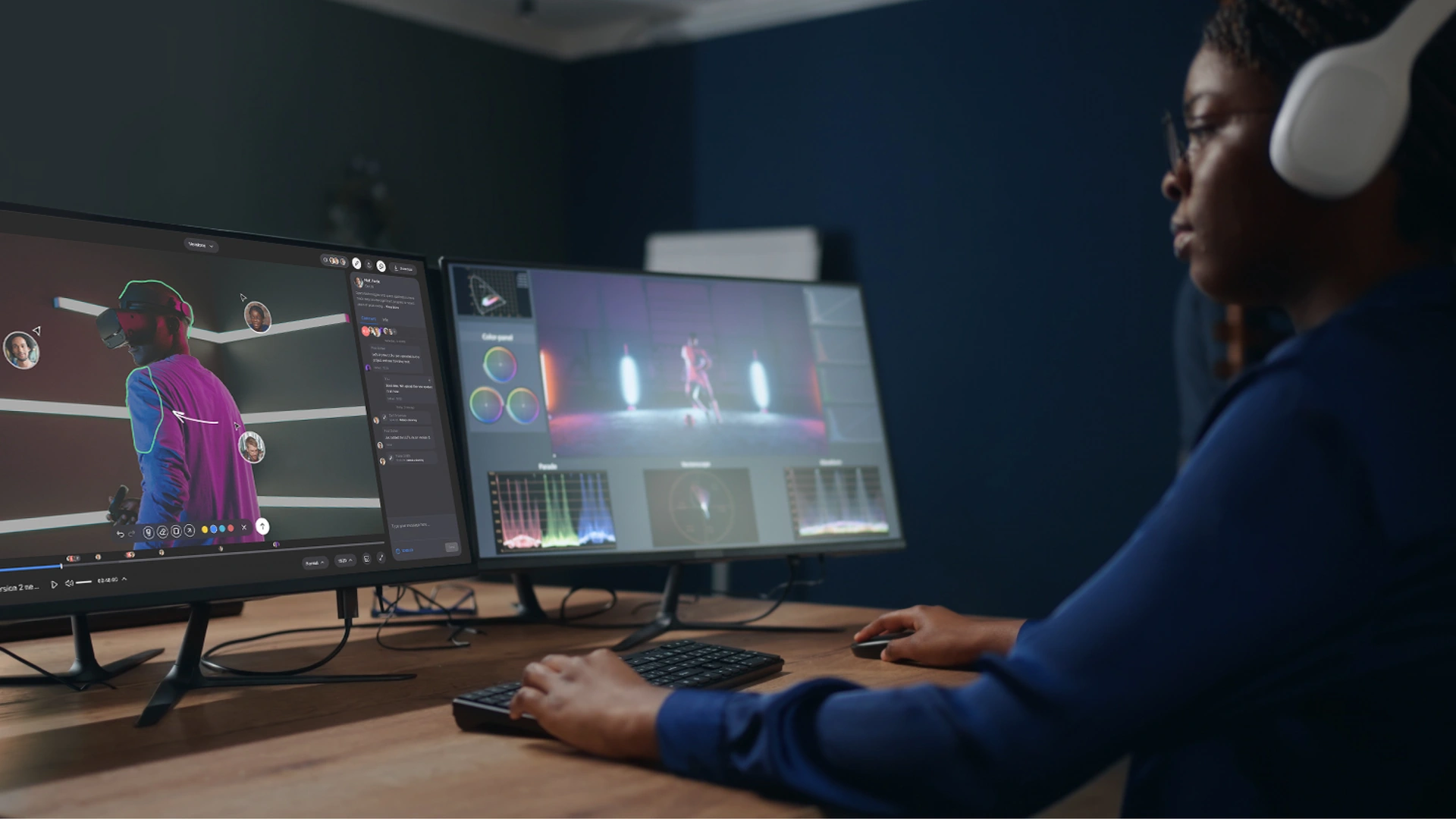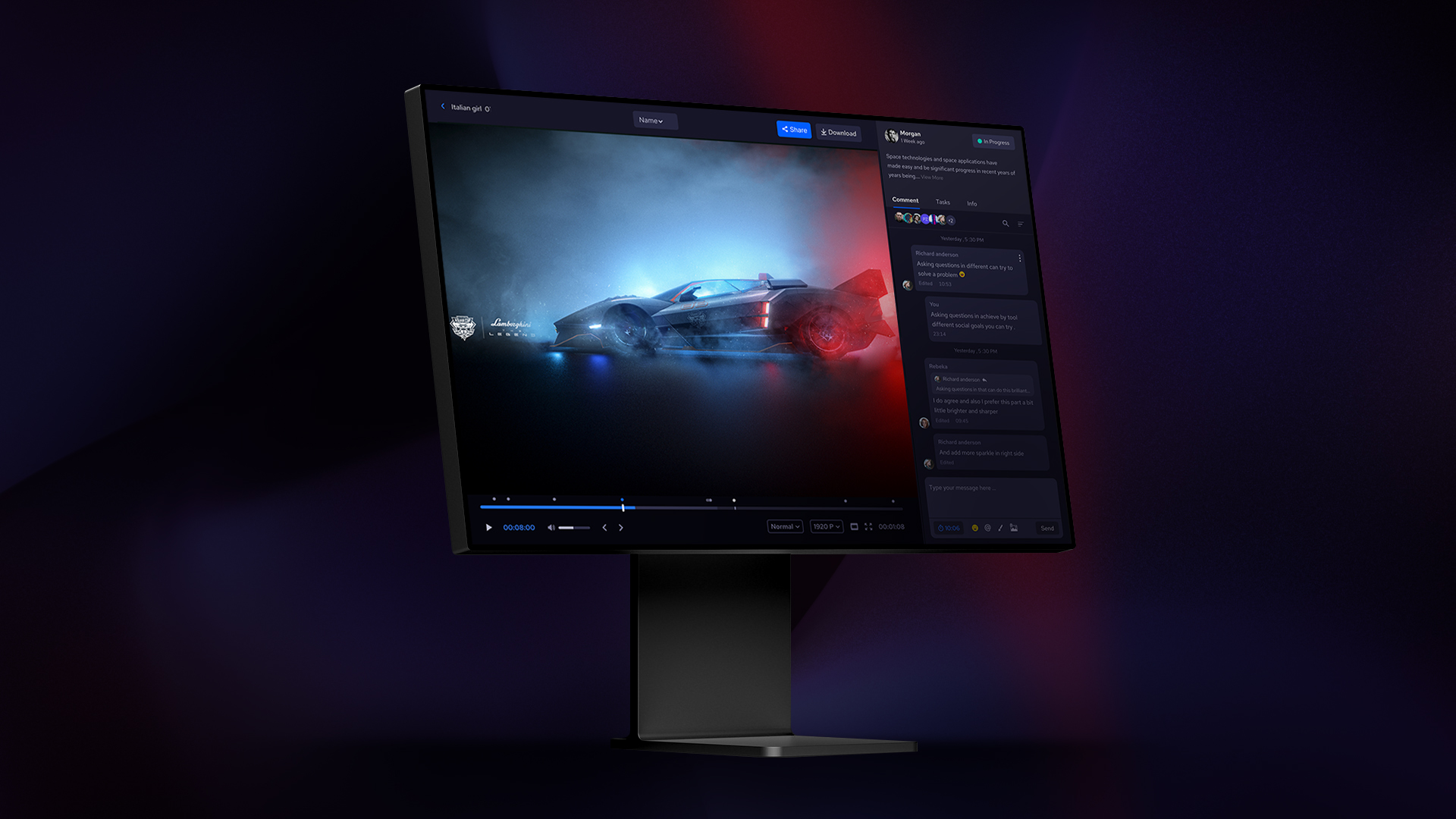If you have followed any of our recent videos or blogs, you know that the future of post-production workflow, which has already started to be a trend in the industry, has a lot to do with freedom of time and space for collaboration. As the new workflow requires some tools and preparations, we decided to talk about them today to see how the workflow operates and which tools can help that.
Next-Generation Internet Connectivity
One of the key features of the new post-production video workflow is that it’s online. So internet connectivity is inevitably a key component of this online video workflow. Nowadays that the 4G networks are accessible to everyone, we can say that the workflow has no shortage in this area and can work perfectly normal with this internet speed. But if we go forward a couple of years we will enjoy some next-level connection options like StarLink, which is one of the ambitious projects of Elon Musk, that gives everyone access to a satellite network, or the famous 5G that’s already accessible in some countries on some devices. And stuff like this will revolutionize the way we connect production to post-production in the new online post-production workflow.
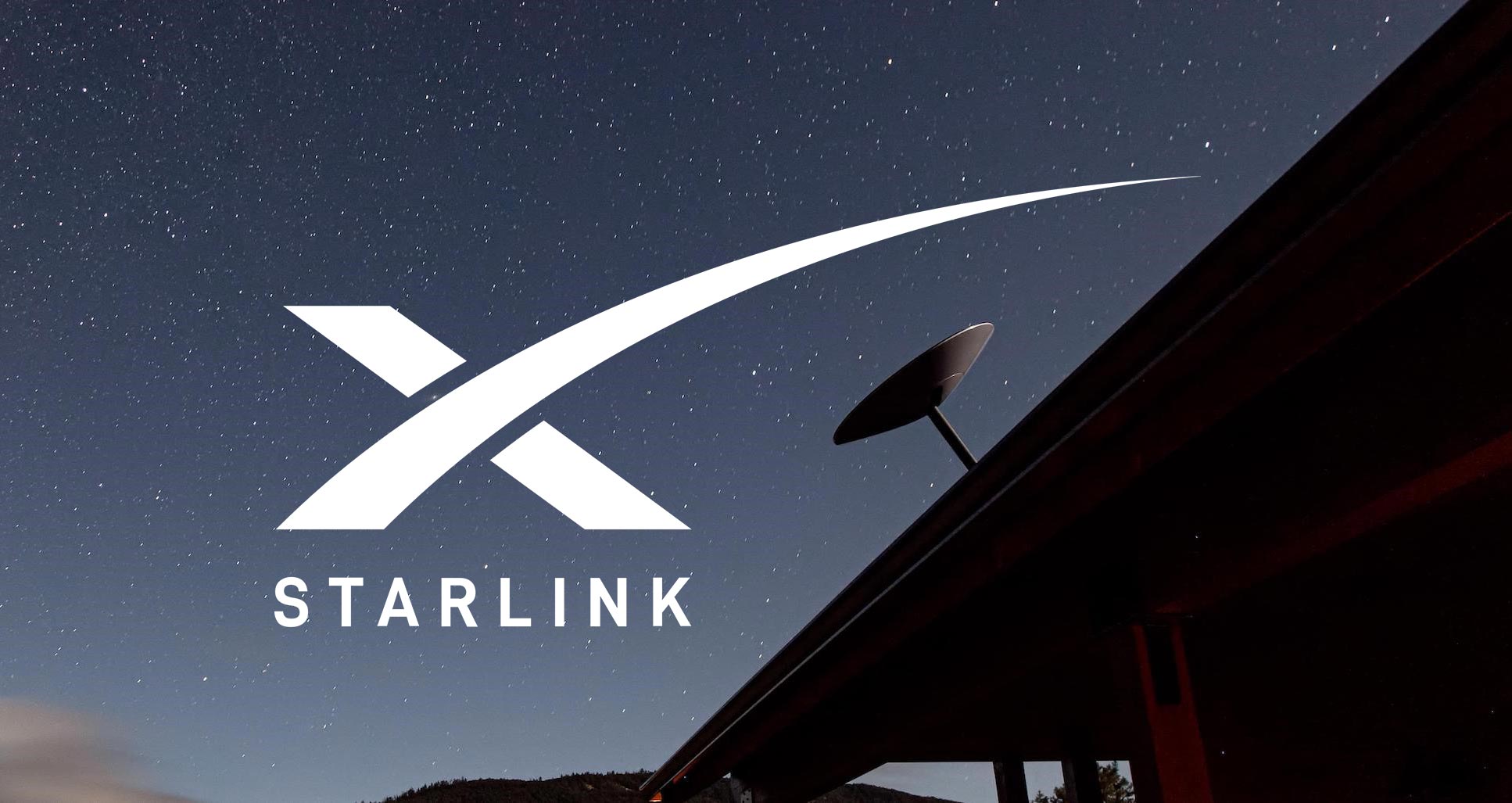
Connected Hard Drive
We talked about the role of the next generation of the internet network in an online video workflow, now let’s talk about the new generation of hard drives that have some abilities accordingly. These hard drives can connect to a cloud server and send the input files to the cloud storage, whether it’s for backup purposes or it’s the cloud server of a platform of some sort. These hard drives that have various forms and different brands produce them, are a good option to send the production footage to the post-production team right after the daily production ends, to do the video review and collaboration. Take GNARBOX 2.0 SSD as a good example of this feature. On their website, you can see that GNARBOX has introduced its product as a component of some creative workflows including the one with Frame.io that is a platform for collaborative video editing. So in this case, if you use GNARBOX SSD to collect your footage from the camera, you’ll be able to send them on the Frame.io’s servers (or any other post-production platform you’re using) and let your editor friends start working on them, therefore using a hard drive like this will be a good asset for your remote post-production workflow.
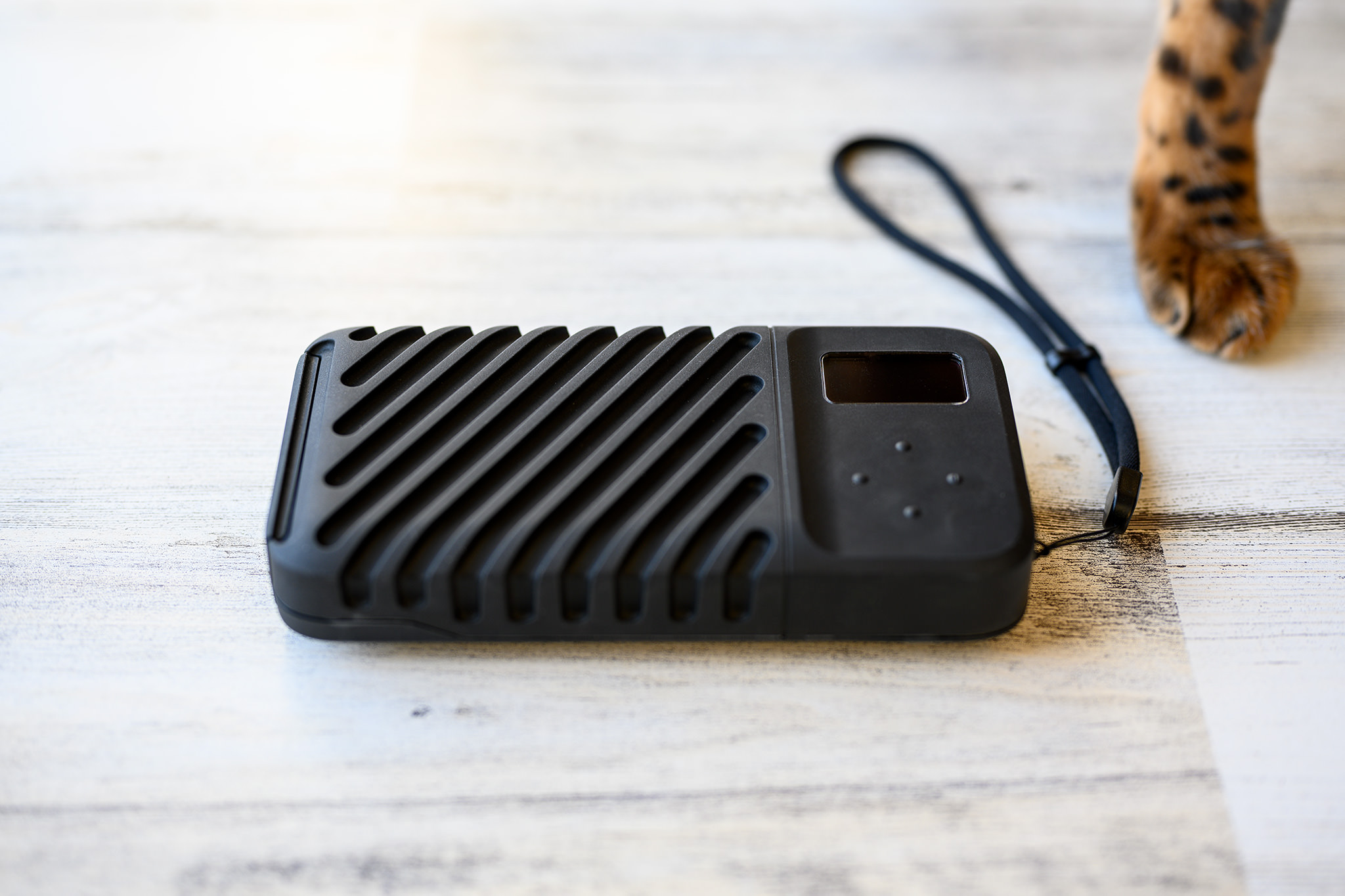
Online NLE
The new online post-production workflow is designed to remotely connect different sections of film production, mostly around post-production, to help them collaborate on editing a film. But if the editing itself is what you have in mind to do online, you can use online NLEs. They’re like any other famous NLE like Premiere Pro or Final Cut, except they are web-based and require an internet connection. A good example of these platforms is Avid’s Media Composer which is an online NLE with all the features that an offline editor offers you to go through the editing stage.
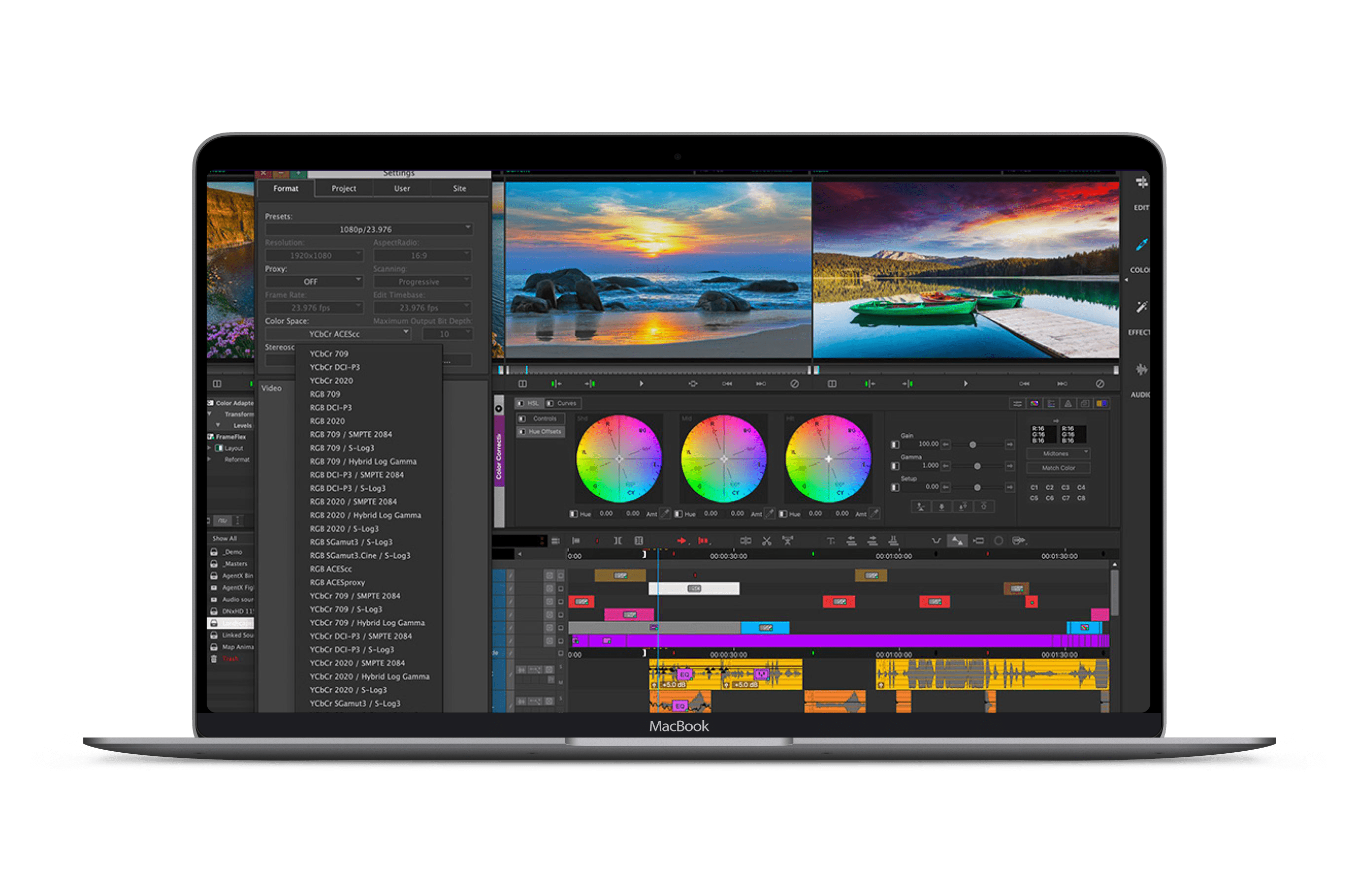
Cloud-based Collaboration Platform for Post Production
The key element that connects all these tools and gets them to work is an online collaboration platform specified for film editing. And that’s why there are some helpful platforms like Frame.io, Shift, or our own platform, Postpace.io out there to connect film crew in a virtual post-production room to work together on editing films in all stages, bridging the production and post-production. By using a platform like Postpace for your video project, you can safely share and send your media files from production to the video team collaboration platform so that your post-production team gets to work on them right away. Then all the creative talks, brainstormings, reviews, comments, approvals, and deliveries will happen inside the platform, precisely frame by frame, to make it much easier to follow and manage. From the producers and directors of the film to the clients, all can review the film footage inside the platform from anywhere at any time, to have more flexibility for the whole team. And this is how a post-production collaboration platform acts as the main chain in this online video workflow.
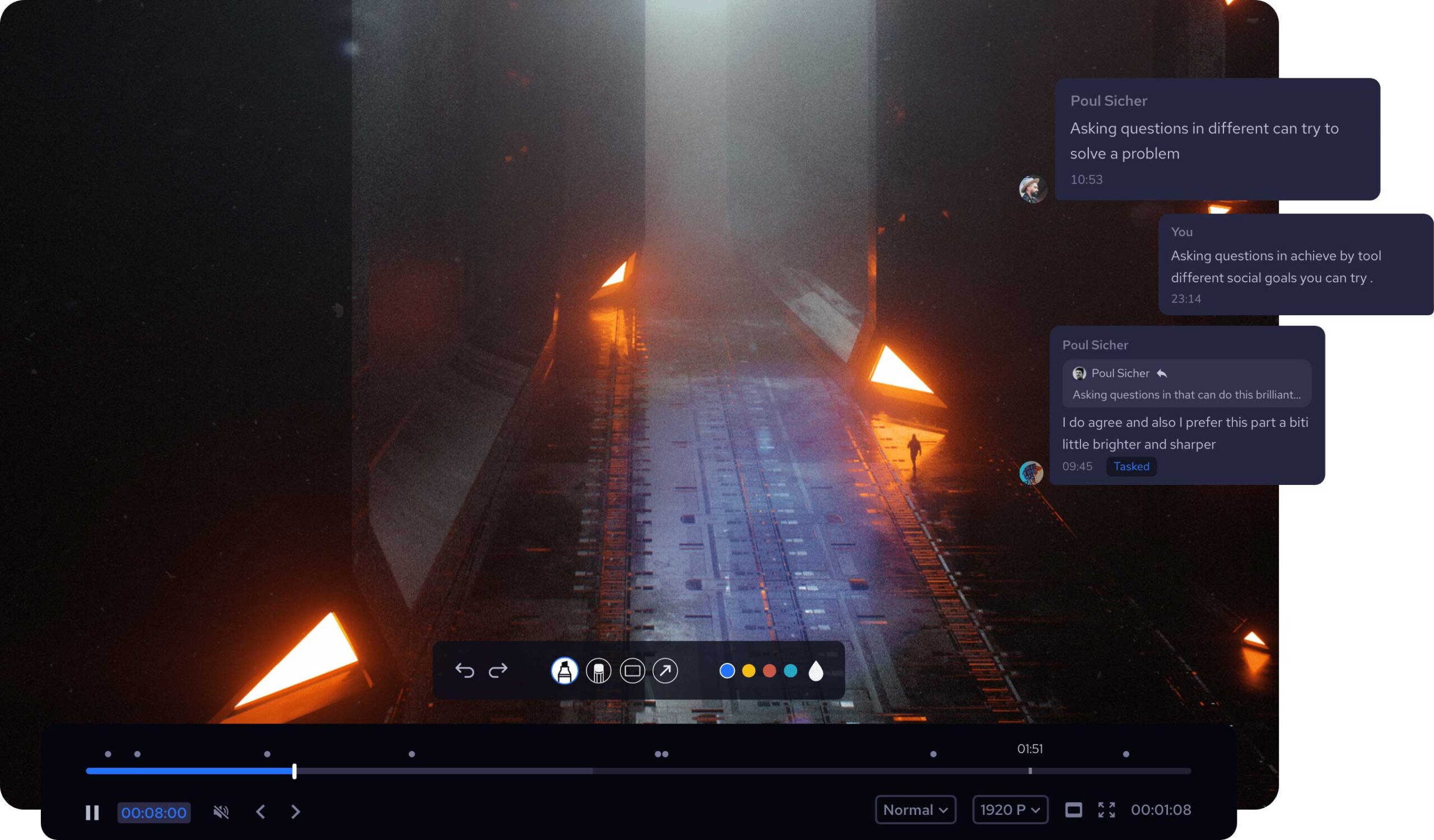
Cloud Storage
If you don’t want to use any of the tools said above, and want to do your remote video editing workflow much closer to the conventional one, you can send the production files to cloud storage like Google Drive or Dropbox, to be downloaded by the editing team. Albeit you’re basically transferring files remotely, you have to do all the reviews and comments on another platform that makes your work somehow decentralized and complicated. But if you have a very small team and you just need to transfer the files without physical delivery, it can be a good way to go.
Frame.io C2C
And the last way to do post-production remotely is to use devices that immediately and automatically send your video and audio files straight to the post-production platform. Camera to Cloud or C2C that’s been introduced by Frame.io, is a way that somehow parallels the production with post-production reviews, meaning that the post-production team can review freshly shot footage while the production is still going on. It’s also a good way for producers to follow the production and comment on it remotely. This is how they explain the method;
“ The Frame.io C2C system uses an authenticated Teradek CUBE 655 encoder to deliver live streams and camera proxy files directly into Frame.io, where they become instantly available for viewing. Further, Sound Devices’ new 888 and Scorpio recorder/mixers, with built-in internet capabilities, allow you to simply “Add Device” on an iPhone to upload original BWF files into Frame.io. And the Frame.io integration with Colorfront lets a post house anywhere in the world immediately access high-quality proxy files, sync, grade, and deliver them through their Express Dailies system. “
So in general, the tools we talked about are considered as parts of an online post-production workflow that enables your team to work remotely, and with much velocity and ease. And that tells us that the new workflow is the future of post-production that is able to remove many of the traditional boundaries and transforms filmmaking.
